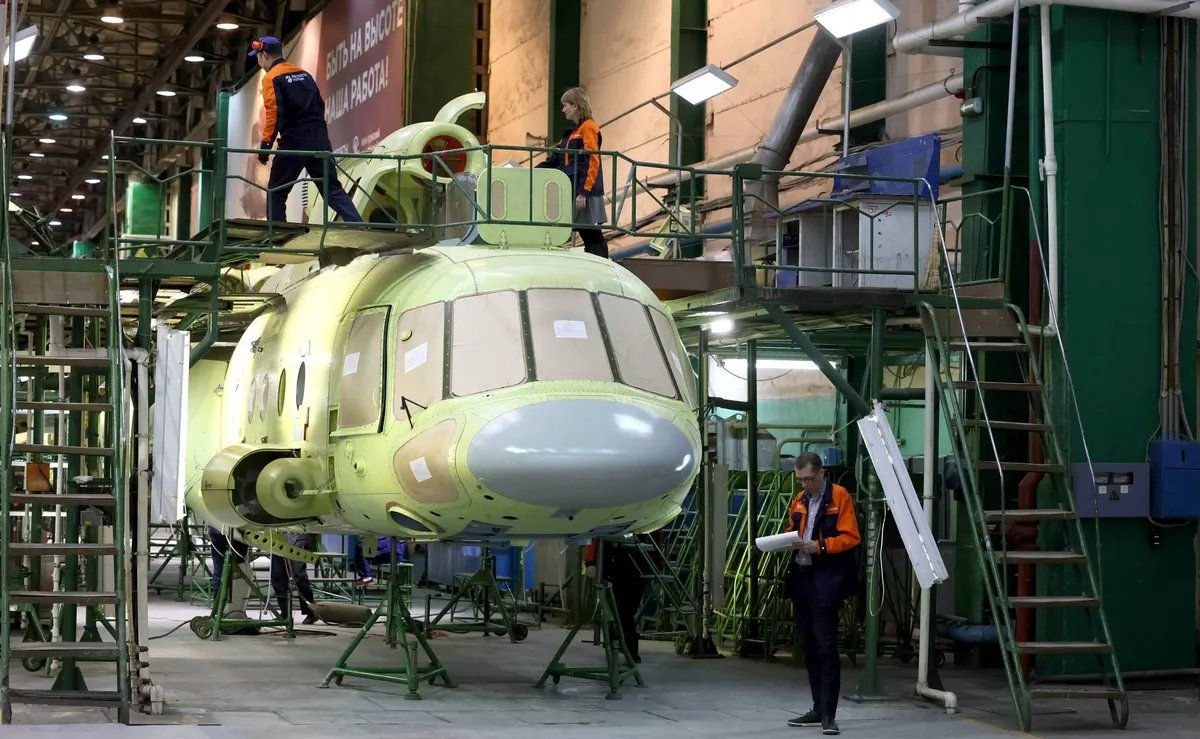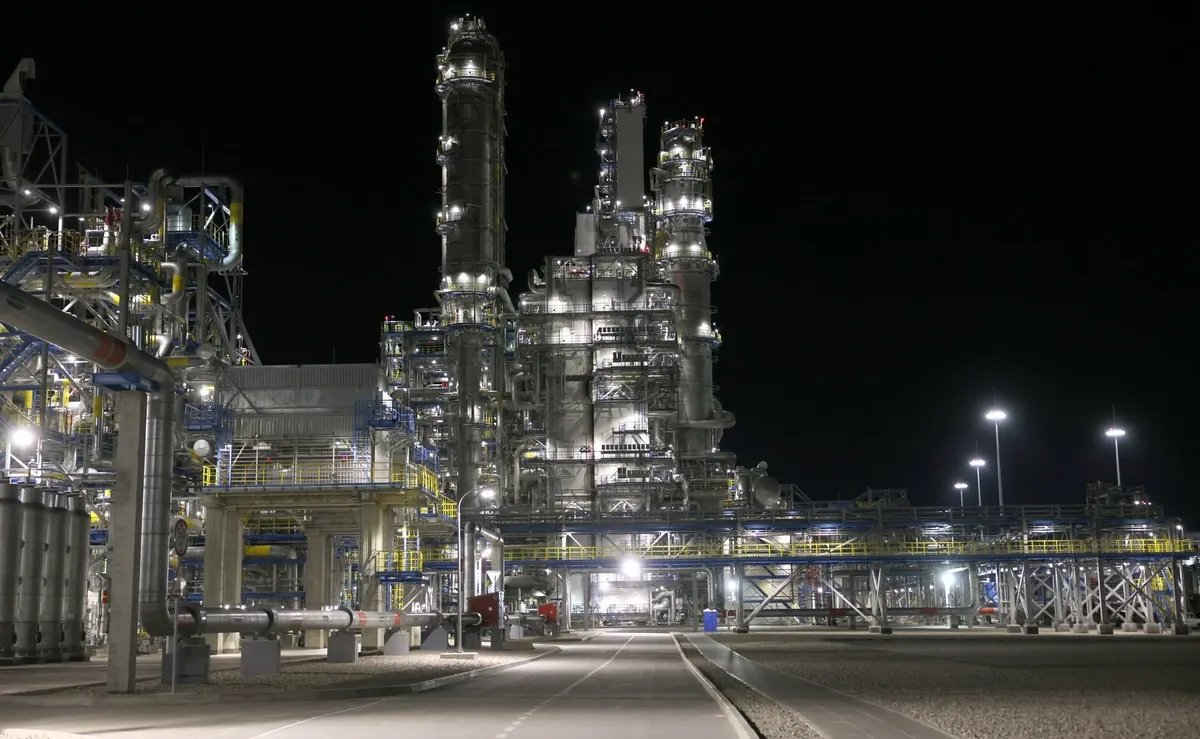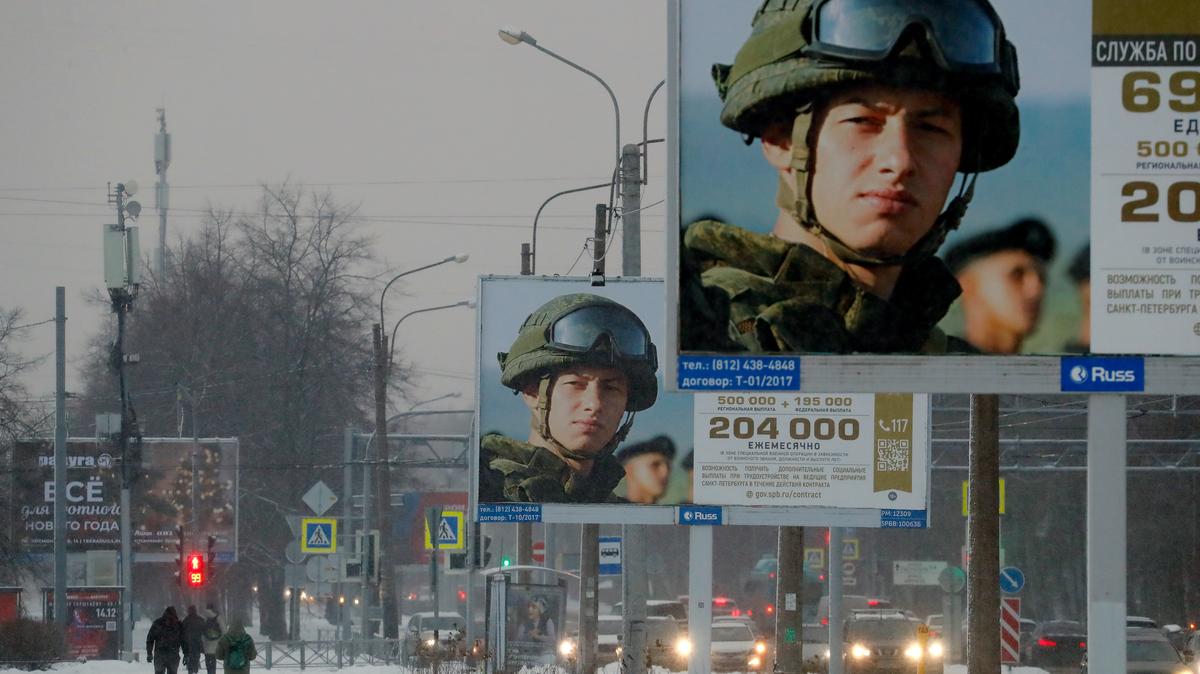
Konstantin Sonin
Professor at The University of Chicago Harris School of Public Policy
Commentators have recently begun raising the possibility of Russia winning the war in Ukraine again. Not being a military expert, I won’t address the prospects of a Russian battlefield victory, but what I can say categorically is that things are going badly for the Russian economy this year. Not disastrously so, but badly nonetheless.
Living standards and levels of production in non-military sectors of the economy won’t return to pre-war levels until the war ends and Russian troops are withdrawn from the occupied Ukrainian territories, while sustainable economic growth is out of the question until Russia re-enters the global marketplace.
Economic problems — ongoing dissatisfaction with the decline in living standards, increasing inequality and the lack of opportunities for growth — can also affect what is happening at the front. Russian soldiers will increasingly understand that they are now fighting for Ukrainian towns and villages which they will eventually have to surrender when they withdraw, as the first responsible government to take power after Putin — even if it is “nationalist” — will have no option but to withdraw Russian forces from Ukraine in order to get sanctions lifted and to restore trade. Without the lifting of sanctions there can be no return to pre-war living standards and certainly no economic growth.
The alternative is the Iranian scenario, in which an obsolete political regime clings to power amid economic stagnation for decades.
Despite being economically stagnant, the Soviet Union managed to maintain political stability for 20 years before it collapsed. “Putin’s stagnation”, which dates from the global financial crisis of 2007–2009, has been ongoing for the past 15 years.
The current Russian regime is more resilient than its predecessor as it’s more reliant on market economics and private property than the Soviet regime ever was, and is still better integrated into global markets.
The Iranian scenario, on the other hand, would herald drops in living standards and a descent into the abyss, the likes of which Russia hasn’t seen since the Civil War or the Great Terror.

Aircraft factory in Ulan-Ude, Siberia. Photo: Kremlin
The GDP growth that experts are now discussing is a statistical fiction consisting of two components. First, neither GDP nor GDP per capita is a valuable economic indicator on its own. But if those indicators are positive over multiple years, then they correlate very strongly with other quality-of-life indicators such as life expectancy.
Under normal circumstances, GDP growth per capita ― an unimportant indicator in itself ― reflects how much the standard of living has increased, the indicator that we are particularly interested in when talking about the economy. In wartime, these figures diverge: GDP may grow, but the standard of living may not.
Because while the tanks and rockets used to attack Ukrainian cities all appear in GDP figures, Russian living standards don’t improve. Had these tanks and rockets been computers and cars instead, this would affect both GDP and quality of life.
The second reason GDP growth is a statistical fiction in wartime is worthy of a chapter in a macroeconomics textbook, rather than a paragraph in a column. But in a nutshell, GDP measures the “real” amount of goods in monetary terms. It isn’t dependent on the price for which items are sold as a special adjustment is made for that when calculating the figures. However, it is dependent on the relative prices of different goods, which is when figures that have little to do with reality are produced.
When GDP figures include cars, TVs, food or services, they do so at market prices. But there are no market prices for tanks, missiles or drones — those prices are essentially created by the government as they redistribute resources and compile financial reports. And even unintentionally, that nominal figure tends to skew upwards.
The trouble, of course, is that economies gradually adapt to wartime and to a government’s military priorities. The higher the salaries within the military-industrial complex, the more people will take jobs in it. The more the state orders from that complex, the more related businesses and infrastructure will spring up around it. This is not a desirable scenario in a market economy, as it leads to resources being diverted away from productive activity.
Russian soldiers are currently dying in battles for Ukrainian towns that will eventually have to be surrendered once there is a transfer of power in Russia. Similarly, all the jobs that are now being created in and around the military-industrial complex will disappear when the situation begins to return to normal. During the collapse of the USSR, where the military-industrial complex had grown beyond all proportion, millions of people lost their jobs because production levels could no longer be maintained. Similarly, when the Russia-Ukraine war ends, the industries that are now booming will suddenly become hotbeds of unemployment.

The Amur Gas PP in the Russian Far East. Photo: Kremlin
As always in such situations, there is a lot of economic magical thinking. Putin and his entourage clearly live in a fantasy world. But without war and persecution, Putin would be out of power, and hold on to power at any cost he must. Putin’s entourage profits from the war and so is therefore prepared to turn a blind eye to the price the country will have to pay for it. What is far more surprising is seeing ordinary people whose lives have objectively become harder being taken in by such magical thinking.
This isn’t a new phenomenon, of course. When, in 2014, the Putin government abruptly turned towards protectionism and isolation, I outlined what an import phase-out would mean, a graph showing that banning imports increases domestic production, but not enough to completely replace imported products, leading to higher prices and a fall in overall consumption and living standards. It is exactly how things turned out. Shortly afterwards, commentators from the school of magical thinking came crawling out of the woodwork with various theories about how a total import phase-out could lead to an increase in living standards. They appeared not to have realised that they were arguing with the laws of arithmetic.
Putin and his circle have totally exploited the magical thinking of those who believe that sustainable economic development is possible in isolation.
It is no coincidence that so many of the war’s supporters and those going off to fight are people with unpaid loans. It is not that they are going to war to pay them off. These people took out loans and fell for the propaganda precisely because they are the very people affected by magical thinking.
Those who believe Ukraine attacked Russia and that they are “defending Russia” in Zaporizhzhia or Kherson are the same people who believe they can repay enormous loans and win the lottery. They are the victims of Putin’s cons — both in finance and in war. As things stand, the Russian economy has made Russians’ lives worse, but their magical thinking allows them to believe that things will soon get better.
Join us in rebuilding Novaya Gazeta Europe
The Russian government has banned independent media. We were forced to leave our country in order to keep doing our job, telling our readers about what is going on Russia, Ukraine and Europe.
We will continue fighting against warfare and dictatorship. We believe that freedom of speech is the most efficient antidote against tyranny. Support us financially to help us fight for peace and freedom.
By clicking the Support button, you agree to the processing of your personal data.
To cancel a regular donation, please write to [email protected]

